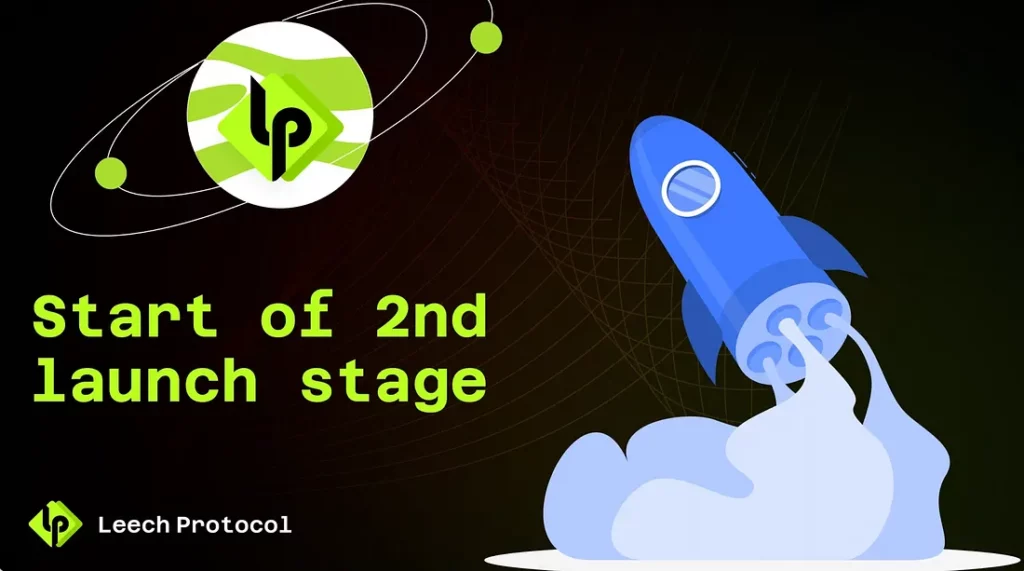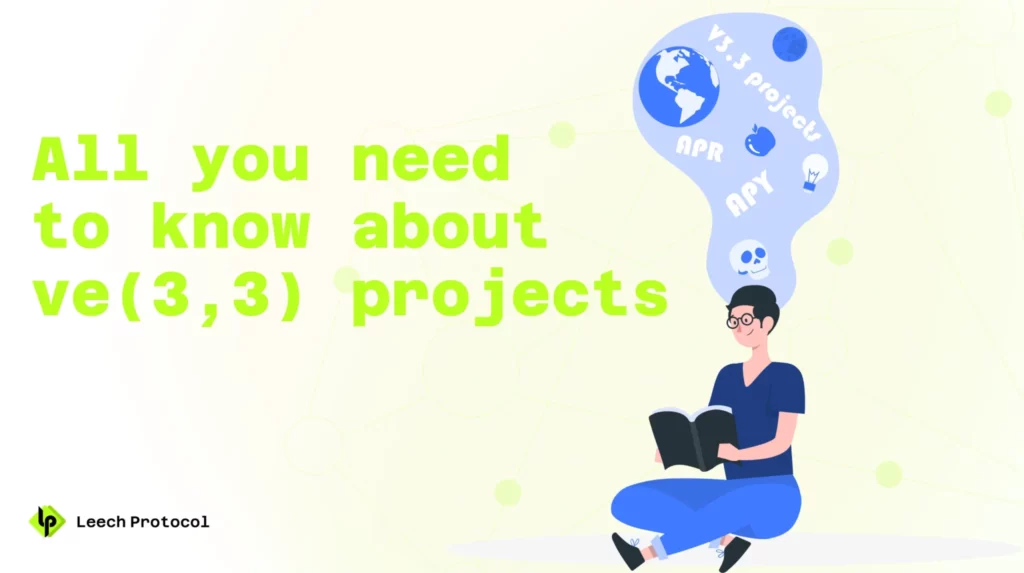Home | News & Insights Leech Protocol Launch, Stage 2: Testing Leech Protocol’s Multi-chain Farming App (Beta)! 2nd Launch Stage — Leech Protocol Leech Protocol is an app that provides a user-friendly solution for simplifying the yield farming process across all major blockchains and platforms, enabling users to efficiently earn yield on crypto in just a few clicks. The second stage of our product launch is imminent, with a maximum of $100K TVL, where each whitelisted wallet is able to deposit $20–500. The best part? Users that provide liquidity may be eligible for rewards from our team! Find the details below, and join the #easyDeFi movement! The Current State Of Leech Protocol’s Product Development First, and most important, we are happy to announce that our team of talented programmers and blockchain enthusiasts have successfully deployed the Beta Version of our multi-chain farming app, which we will be testing during the 2nd stage of our launch, with the help of our fantastic community! This is the first step of creating a platform designed to redefine how cryptocurrency farming operates. The app is integrated with five major chains: Binance Smart Chain (BSC), Avalanche, Polygon, Optimism, and Arbitrum. This multi-chain approach extends Leech Protocol’s compatibility and offers users an array of platforms on which they can execute our proprietary farming strategies. How Leech Protocol Is Different Leech Protocol has taken substantial strides to automate user routines, automatically performing tasks such as swapping, bridging, depositing, and compounding. This degree of automation is unique in the industry, liberating users from menial processes, allowing them to focus more on strategic decision-making instead of operational tasks. The second prominent feature (which has already been built), is a hedging strategy that can provide substantially higher-than-market APRs, and this strategy is available for testing by our inner circle of power users! If you think you want to become one — reach out! Our Hedging Strategy The main advantage of our strategy is that it provides an instrument that protects and stabilizes returns from an asset chosen by the user, while reducing the chance of that asset losing value due to impermanent loss and other market mechanics. How will it work? A user will choose a main asset, such as ETH, USDC, BTC, etc., and deposit it as their liquidity. Our system will swap some of the liquidity, bridge it (if needed), and distribute it into a defined pool list. For instance, if a user picks ETH as their main asset, the system will provide liquidity to different pools such as ETH/GEAR, ETH/MATIC, ETH/wUSDR, etc. At the same time, the system will keep track of changes in asset prices, APR, liquidity, etc. If the system identifies a specific situation which could negatively affect the profitability or portfolio value, it will rebalance the user’s provided liquidity and open a short position to hedge against asset volatility. This helps protect the main asset (such as ETH) from impermanent loss or price decreases. The result is that the returns come in the main asset, creating a steady income stream in all market conditions. We have proved the efficiency of this hedging strategy with backtests and on-chain tests, which have looked at the strategy’s behavior on historical data and how well the rebalancing module has performed in live pools on the Polygon network. Here you can see a backtest from Aug 1, 2022 to Jan 6, 2023, using the USDC/OP pool on Velodrome. We started with $100,000 and compounded daily. The average APR during this time was 50.49%, according to Beefy historical data. As you can see, using our hedging strategy resulted in a 19.06% portfolio value increase (48.06% annualized), vs a .66% increase (1.58% annualized) by providing liquidity to the pool, and a 17.6% decrease by holding 50% USDC and 50% OP. The strategy rebalanced 50 times, costing $1,010 and resulting in a net gain of just over $18K, or 18% for stablecoins, in just over 5 months. Here you can see a backtest from Apr 13, 2021 to Feb 13, 2023, using the USDC/ETH pool. We started with $100,000 and compounded daily (we continue with more in-depth testing). The Future of Leech Protocol So, what does the future of Leech Protocol hold in both the short and long term? In the immediate future, the Leech Protocol team intends to integrate over 100 different pools. The primary goal of this expansion is to provide users with a plethora of opportunities to increase their earnings, and this broad spectrum of earning avenues will not only allow users to capitalize on different market dynamics, but will also offer unprecedented versatility in yield farming strategies. In the long run, Leech Protocol aims to: Stage Two Short Term Plans During the second stage of launch, ambassador program participants and users registered on our Waitlist will have access to the Leech Protocol App beta. At this stage, each wallet will be able to deposit $20–500. The max TVL at this stage is limited to $100K. If you do not see the option to deposit during the second stage of launch (for example, if the maximum TVL of $100K is reached) you will need to wait until someone removes their liquidity, creating space for you to deposit your own liquidity. Any whitelisted wallet that deposits liquidity into the protocol during the second stage of launch will have a chance to receive a reward. The size of the reward will depend on the amount of liquidity and the length of time it is deposited for. The larger the amount and the longer the deposit period, the higher the reward may be. More details will be announced soon. If you can’t provide liquidity during the second stage of the launch, wait for the announcement of the third stage, which will have a higher TVL limit, along with another reward opportunity. Is my wallet waitlisted? How to check it? At the end of the second stage of the launch, you will be eligible to claim NFTs in another Galxe campaign (TBA). All neccessary instructions will be published.



